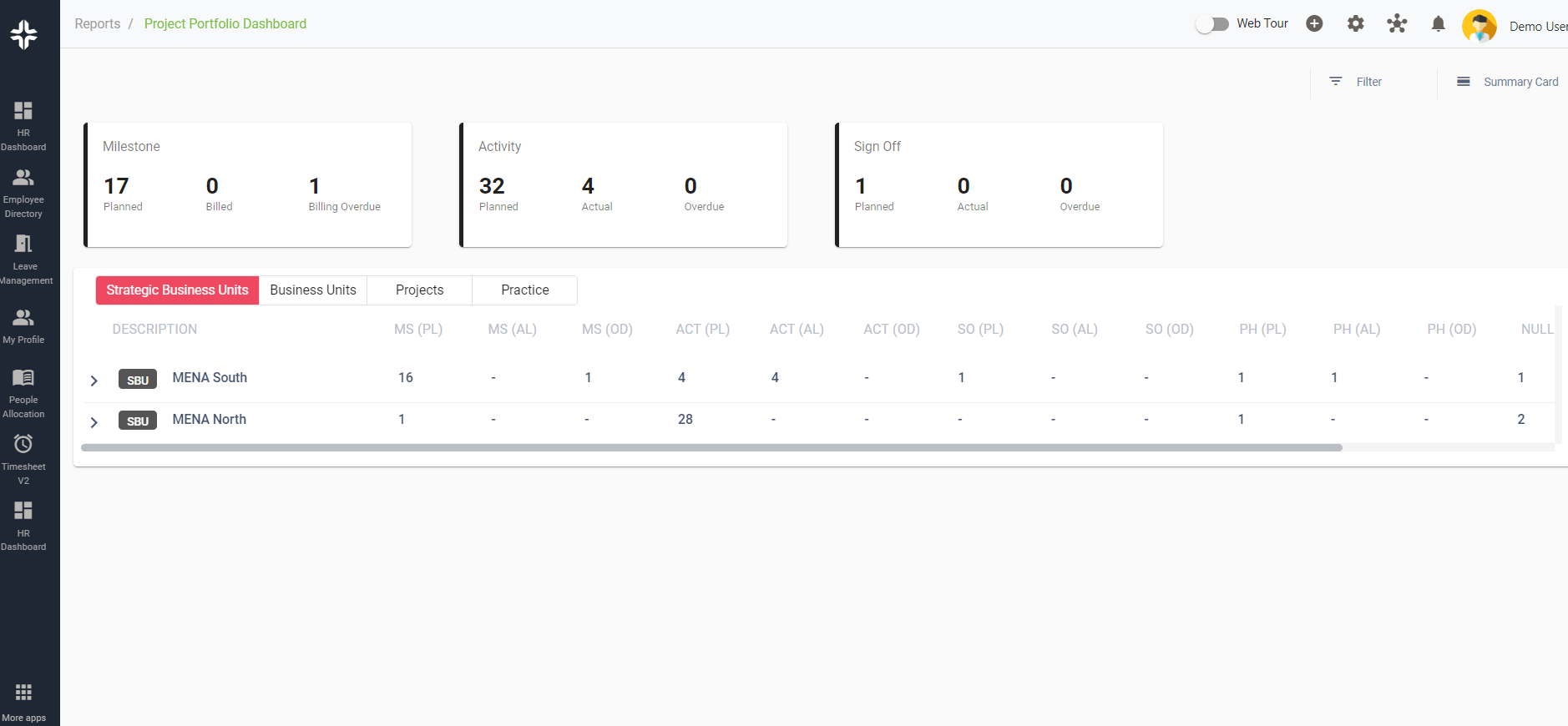Home » PSApedia
Project Delivery Time
Manage Project Delivery Time Seamlessly. Meet Deadlines and Enhance Efficiency.

What is Project Delivery Time?
Project Delivery Time (PDT) is the time it takes from the initiation of a project to its completion. It encompasses all phases of a project: from conceptualization, design, and planning to implementation and evaluation.
Accurate prediction and management of PDT is essential for project managers and stakeholders to ensure that projects are delivered within expected timeframes.
Why is Project Delivery Time so Important?
Understanding and managing PDT is crucial for multiple reasons:
1. Meeting Client Expectations: Clients often set deadlines based on business needs. Delays can result in missed opportunities or increased costs.
2. Resource Allocation: Efficient PDT means optimal use of resources, be it human or financial. Prolonged projects can lead to resource wastage.
3. Budget Management: Projects exceeding their delivery time can often overshoot their budgets, leading to financial losses.
4. Reputation: Consistently delivering projects on time boosts an organization’s reputation, fostering trust among clients and stakeholders.
Learn more about the impact of Project Management on organizational performance here.

Why Project Delivery Time is so important?
How to Calculate Project Delivery Time?
Formula:
Project Delivery Time = End Date of Project – Start Date of Project
Example:
Suppose a project started on January 1 and finished on January 31.
Using the formula, the PDT would be:
PDT = January 31 – January 1 PDT = 30 days
For a more granular analysis, many companies use tools like Gantt charts to visually track and manage project timelines.
Project Delivery Time vs Other Related Metrics
1. Project Delivery Time vs Project Lifecycle: While PDT covers the time from project initiation to completion, the project lifecycle covers all stages of a project, including post-project evaluation.
2. Project Delivery Time vs Project Deadline: PDT is an actual metric showing the project’s duration, while the deadline is the agreed or expected date of completion.
For deeper insights on project-related metrics, refer to this comprehensive article.
| Metric | Description |
|---|---|
| Project Delivery Time | The total time taken to complete a project, from initiation to final delivery. It is usually measured in days, weeks, or months. |
| Cost | The total financial expenditure required to complete the project, including labor, materials, and other expenses. |
| Scope | The defined objectives, requirements, and features of the project. Changes in scope can impact delivery time and cost. |
| Quality | The overall level of excellence and adherence to requirements in the project deliverables. Quality can affect delivery time and cost. |
| Risk | Potential events or issues that could disrupt the project timeline or increase costs. Risk management is crucial for on-time and on-budget delivery. |
How Project Delivery Time is Used?
PDT is not just a metric but a management tool.
1. Forecasting: Organizations use PDT to predict the time required for future similar projects.
2. Performance Evaluation: Managers assess team performance based on how close the actual PDT is to the predicted one.
3. Process Improvement: If projects consistently exceed PDT, it’s a sign that processes need optimization.
4. Billing & Financial Management: In industries where billing is time-based, accurate PDT helps in invoicing clients. Find out how KEBS streamlines financial management for businesses here.
Ready to Optimize Your Project Delivery Time?
KEBS, a renowned PSA Software, aids businesses in streamlining their project delivery processes. Here’s how:
- Resource Management: KEBS offers resource management tools that ensure optimal allocation, reducing time wastage.
- Efficient Project Management: With KEBS project management software, managers can track, evaluate, and adjust project timelines as needed.
- Time Tracking: Through tools like timesheets, KEBS allows teams to track time spent on tasks, improving productivity.
- Financial Tools: KEBS financial management software helps organizations keep projects within budget, ensuring they don’t extend due to financial constraints.

KEBS-Project-Management.
In conclusion, optimizing your Project Delivery Time is crucial for operational success. With tools like KEBS, businesses have the edge in ensuring projects are timely, efficient, and successful. Contact us today to know more or schedule a demo to see KEBS in action.



